Drinking Tea – the English tradition we all love, aka ‘a cuppa’, ‘a brew’, ‘a mash’. For many AC Silver customers, a lot of thought goes into making tea and specifically tea presentation, and they like to serve their tea in a certain way and style.
Perhaps you’re intending on investing in your first piece of silver tea-ware , you may just be browsing our ‘Coffee Pots & Teapots’ collection – Either way, we thought we’d guide you through the anatomy of a teapot, simplifying all of the teapot-specific jargon you may stumble across within our teapot descriptions…
Elements of a Teapot
As you can see from the visual above, the teapot is composed of many crucial elements; let me explain:-
- Handle – Probably the most important part of the teapot as without it holding the teapot would be very difficult. A well-constructed handle will enable you to easily operate the teapot. With antique teapots this is the area which will potentially show most wear. As you can imagine, many hands will have gripped the handle, so when selecting a teapot, pay particular attention to the condition of the handle.
- Thumbpiece – Located at the top of/on the handle of a teapot, providing a support for your thumb, promoting a sturdy grip and providing more control when pouring.
- Sockets – The sockets connect the handle to the teapot. Frequently, two tiny pins, running through each socket (as illustrated above), hold the handle in place.
- Foot – Essential for steadying the teapot. Teapot feet can come in various styles and shapes. When it comes to silver teapots feet styles you may come across are:
- Circular foot – a continuous foot going around the base of the teapot in a circular shape
- Bracket style feet – single feet interconnected via an integrated cross piece.
- Ball style feet – sphere shaped feet
- Bun style feet – oblate (flattened) sphere shaped feet
- Hoof style feet – like animals’ hooves
Test your ‘foot’ knowledge and guess the foot types below (answers will be at the bottom of the post in case you get stuck)
1
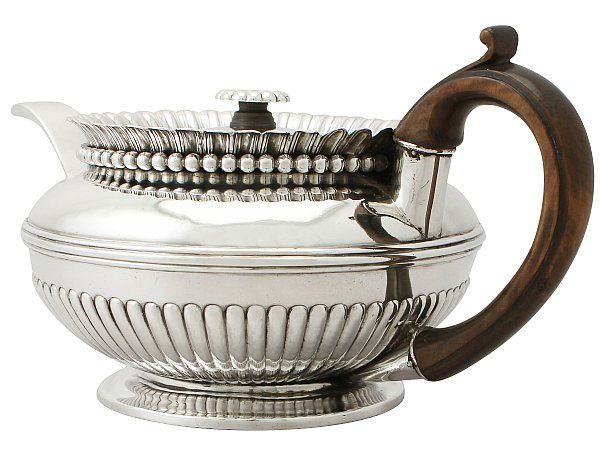
2
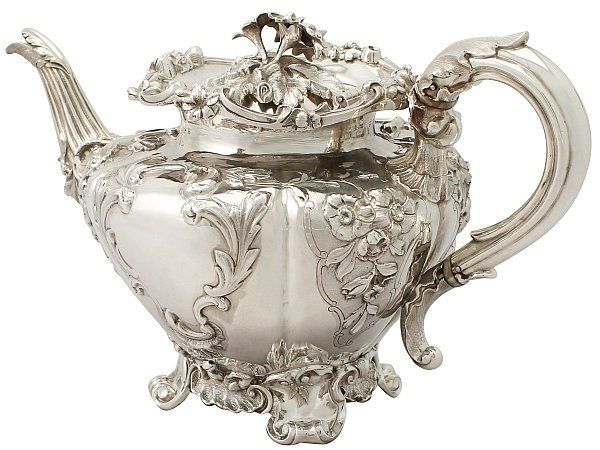
3
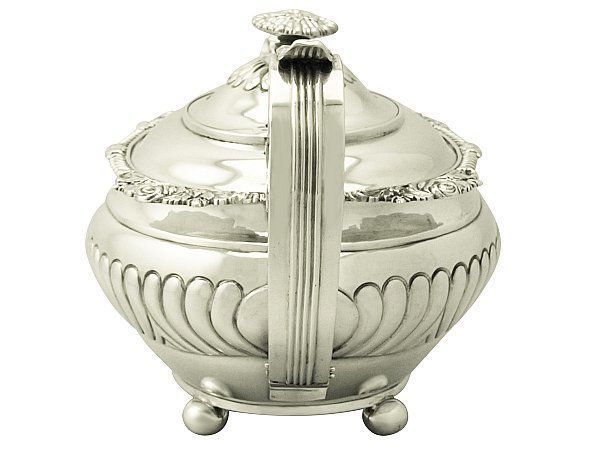
4
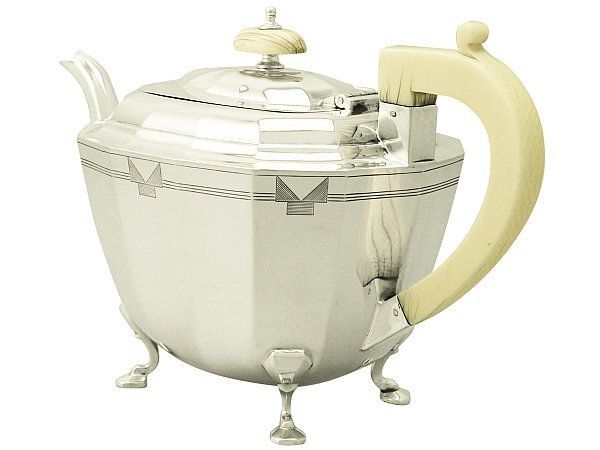
- Body – The hollow body holds the water, providing a receptacle within which the tea may ‘brew’. Size and volume of the body will vary, as will the form. Some of the more common forms are circular, octagonal and bell shaped.
- Spout – The shaped funnel through which the tea is poured and directed. The majority of antique teapots have an integrated strainer, located at the junction of the body and spout.
- Cover – When removed, the cover of a teapot allows access into the teapot, in which water and tea leaves (or in the modern day, tea bags) can be placed. Most antique teapot covers are hinged, however it is possible to come across examples which have detachable covers. (If an antique teapot has a ‘flush hinge’, this is a sign of quality and craftsmanship)
- Shoulders – These may be embellished for decorative purposes.
- Finial – A finial, sometimes referred to as a ‘knop’, is a relatively small terminal to the centre of the cover. A finial allows the user to lift the cover with ease. Finials may be crafted in silver, wood or ivory, and be very simple in form, or finely crafted in the form of a flower, fruit, bird or figure.
Types of Spouts
A teapot can have a variety of different spout shapes, often responding to the era in which it was crafted or replicated to represent.
Straight Spout
The most common teapot spout is the straight spout. This simple tapering spout is practical for the pouring of tea in a smooth and controlled manner. Also the shape can be utilised for a versatile design; from more traditional (such as oil can designs) or contemporary examples. The simplistic manufacture of such a spout also adds to its popularity in not just silverware but within other materials, cultures and regions.
Swan Neck Spout
This gracefully curved spout takes its name from the elegant curvilinear nature of a swan’s neck. The shape of the neck itself is a very traditional, and can used to bring some sophistication to a teapot. Like the straight spout there is a steady flow of liquid allowing the control of the tea.
Panel Spout
As the name suggests this style of spout may cross-over with others however provided a panelled or faceted appearance up the length of the spout. This enables a straight or swan neck spout to bear an alternative look without altering the overall structure of the piece.
Fluted Spout
A fluted spout bears vertical grooves up the length of the component, done so for aesthetic reasons to enhance the overall design. This ornate design is a classic addition within the Queen Anne style.
Bamboo Spout
Taking influence from bamboo stalks, this organic looking spout can provide either some cultural relevance or simple Chinoiserie charm to a teapot. The cylindrical shaped spout tapers upwards and typical bears ridges replicating the bamboo sprouts appearance.
Figural Spout
Whilst this may not be a formal spout title, it certainly is relevant to the spouts which have an animal or mythological creature style appearance. A Dragon Spout for example is classically an intricate design in the form of a dragon’s body creating the main portion of the spout and conjoining the body of the teapot at the socket with its tail. This technique has been used with many animals or figures to produce eye catching and talking point to any social interaction.
What you should look out for…
As we specialise is antique silver, there are a few things you should look for before investing in an antique silver teapot…
- Check the sockets (where the handle meets the body) to ensure the handle is secure.
- Examine the hinge on the lid – making sure it isn’t weak or restored.
- Make sure that the spout isn’t split.
- Tip: Breathe on the finial and around the spout and hinges – This will help you to identify any repairs made to the piece.
- Styles, makers, origin and condition – All of which are factors which make a teapot more-valuable /collectable.
Final thought…
So there you have it, we hope we have provided an insight into the anatomy of a teapot. If you’re thirsty to find out more about the teapot and its history, see the link provided below…

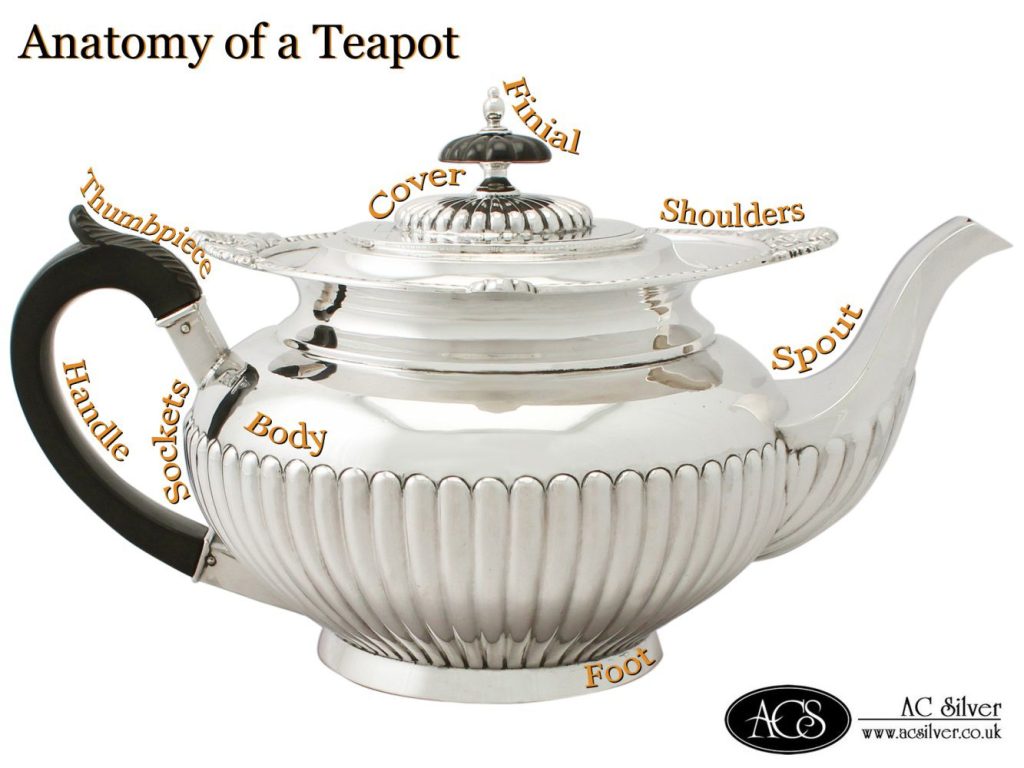
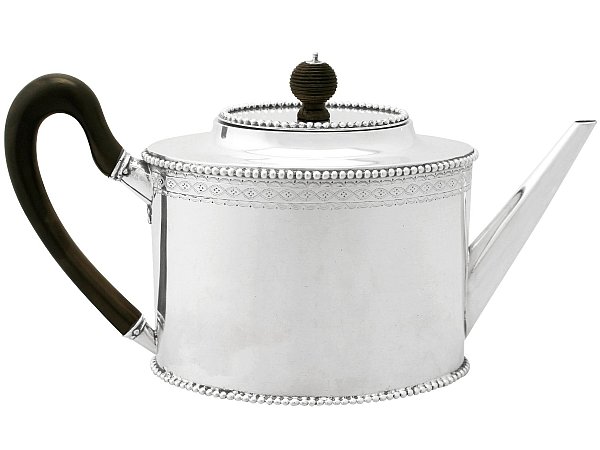
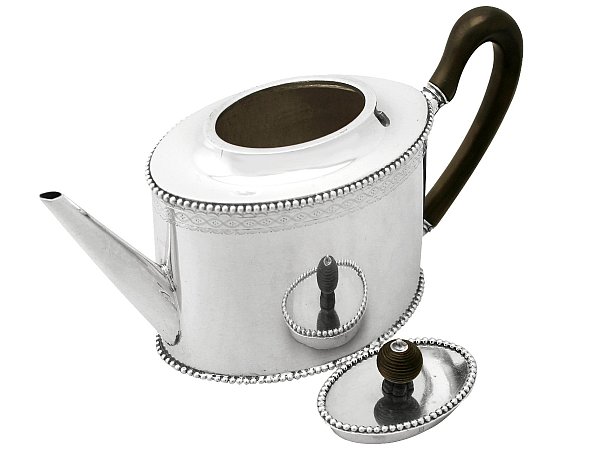
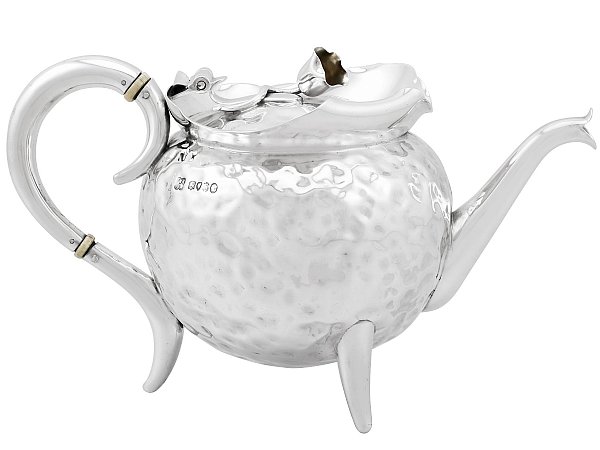
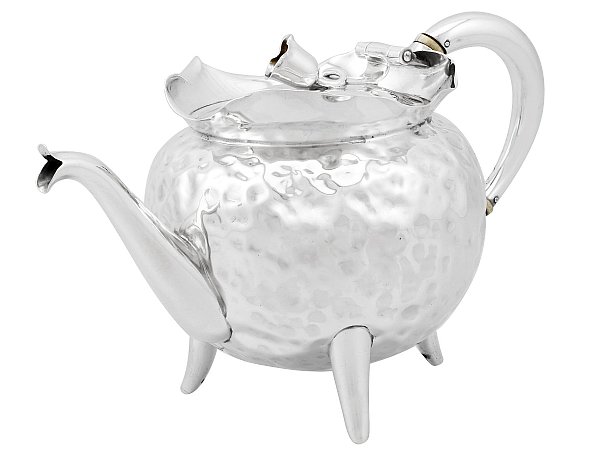
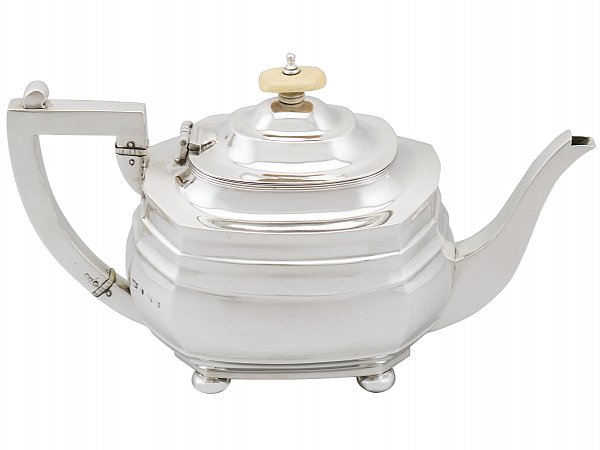
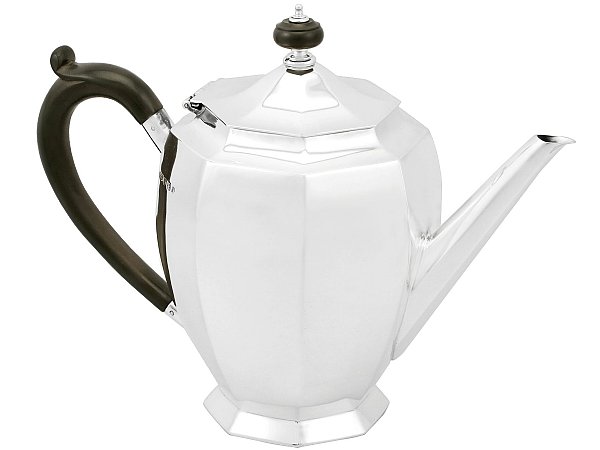
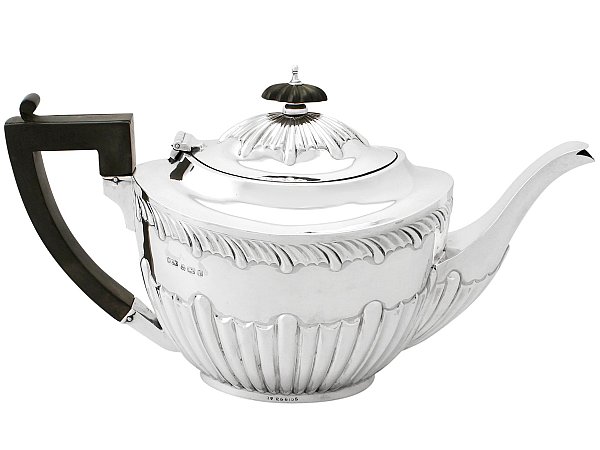
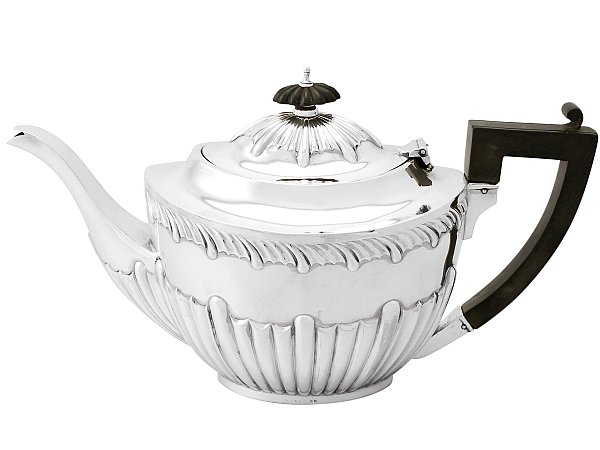
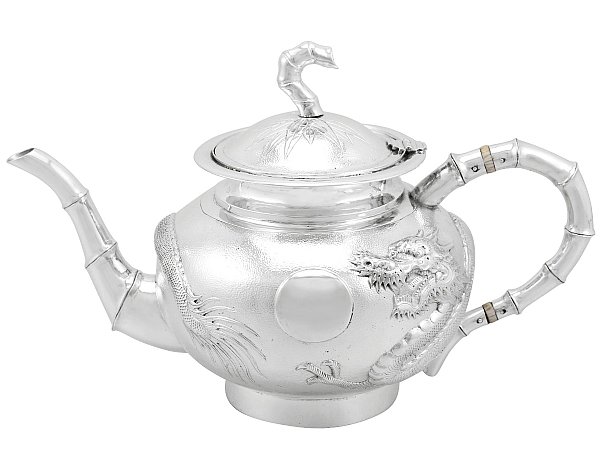

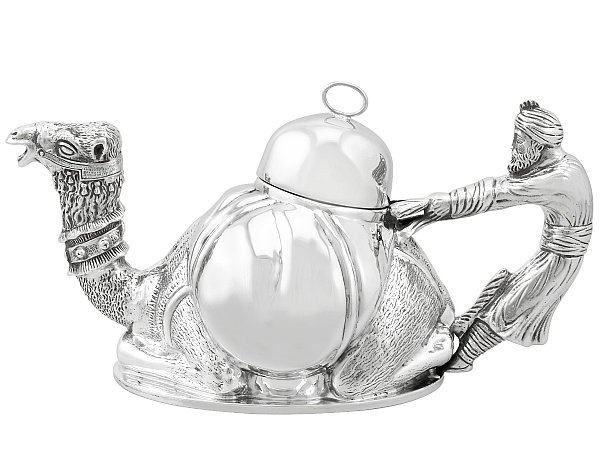
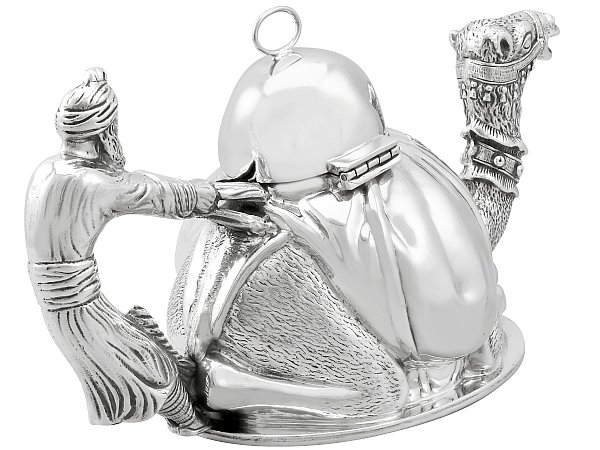

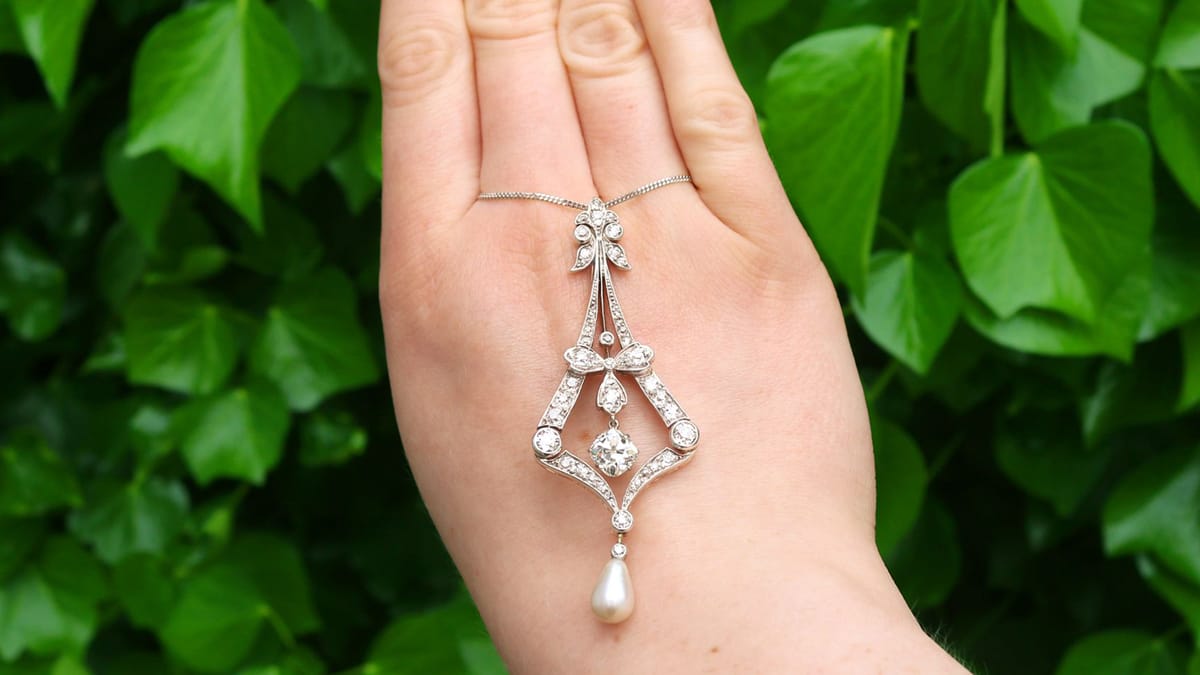
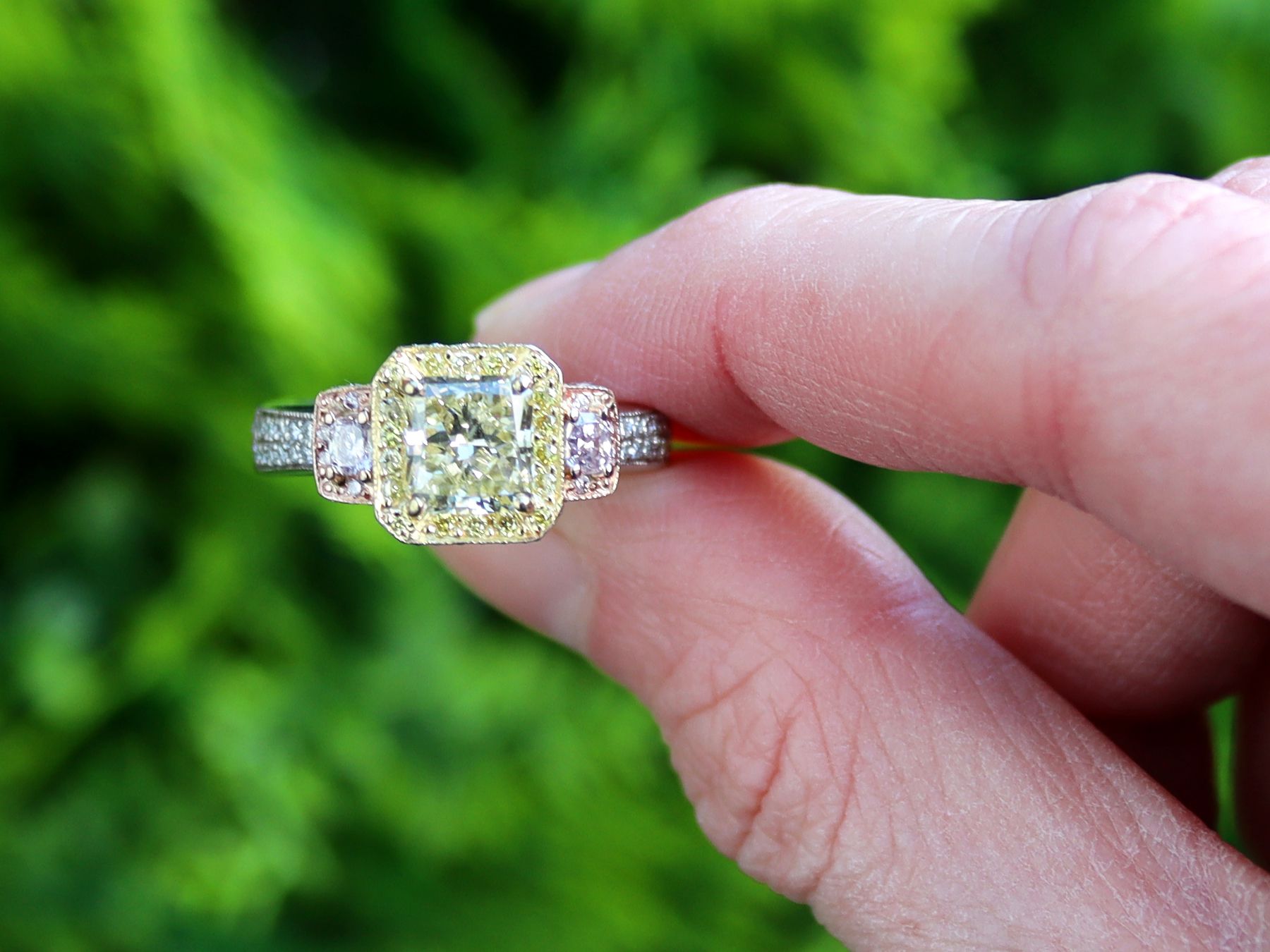
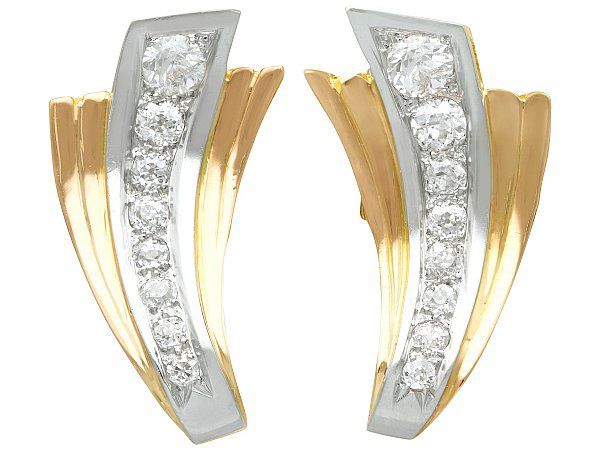
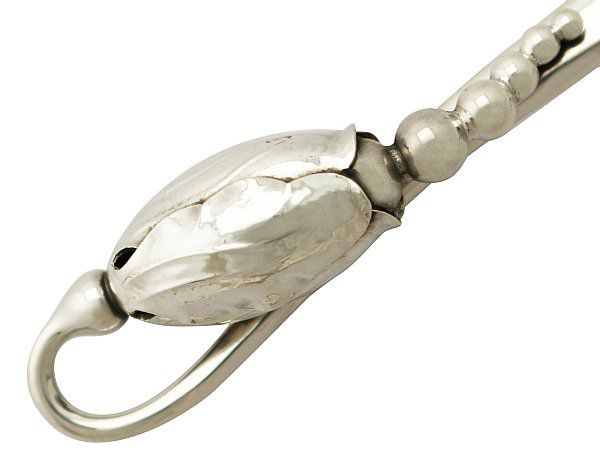
11 Responses
WHAT DO THEY CALL TE PARTS BETWEEN THE METAL HANDLE AND WHERE IT CONNECTS TO THE BASE PART OF THE HANDLE
SO THE HANDLE DOESN’T GET TO HOT TO TOUCH ?
Hi Barry, they are the resistors.
Hello,
What is the plastic ring attached on the handle called? They come in off white (bone) or black. I think they are plastic? I have a silver teapot and one of the rings is missing that i want to replace.
Hi Albert , they are the heat resistors.
Where can I order a new cover for my vintage blu & white teapot?
Hey Rose,
Thanks for your comment, unfortunately, we specialise in silverware and therefore we can’t help source the cover
We recommend you have a look on eBay or Amazon marketplaces
How do I care for the handle and finial. Lemon oil? It appears to be aging with tiny cracks appearing.
Hi Maggie,
What material are the handle and finial made from?
I need two ebony “spacer” the part between the finial top and the bottom of the cover. I don’t know what that is called or where to find. Can you help
Hi Matilda, you may find it worth approaching a silversmith as they may have such items when dealing with repairs.
Many thanks for identifying the teapot parts. This information helps me to accurately name the part instead of trying to describe it. I like that you placed the part name directly on the part. Kudos for a well-written article!